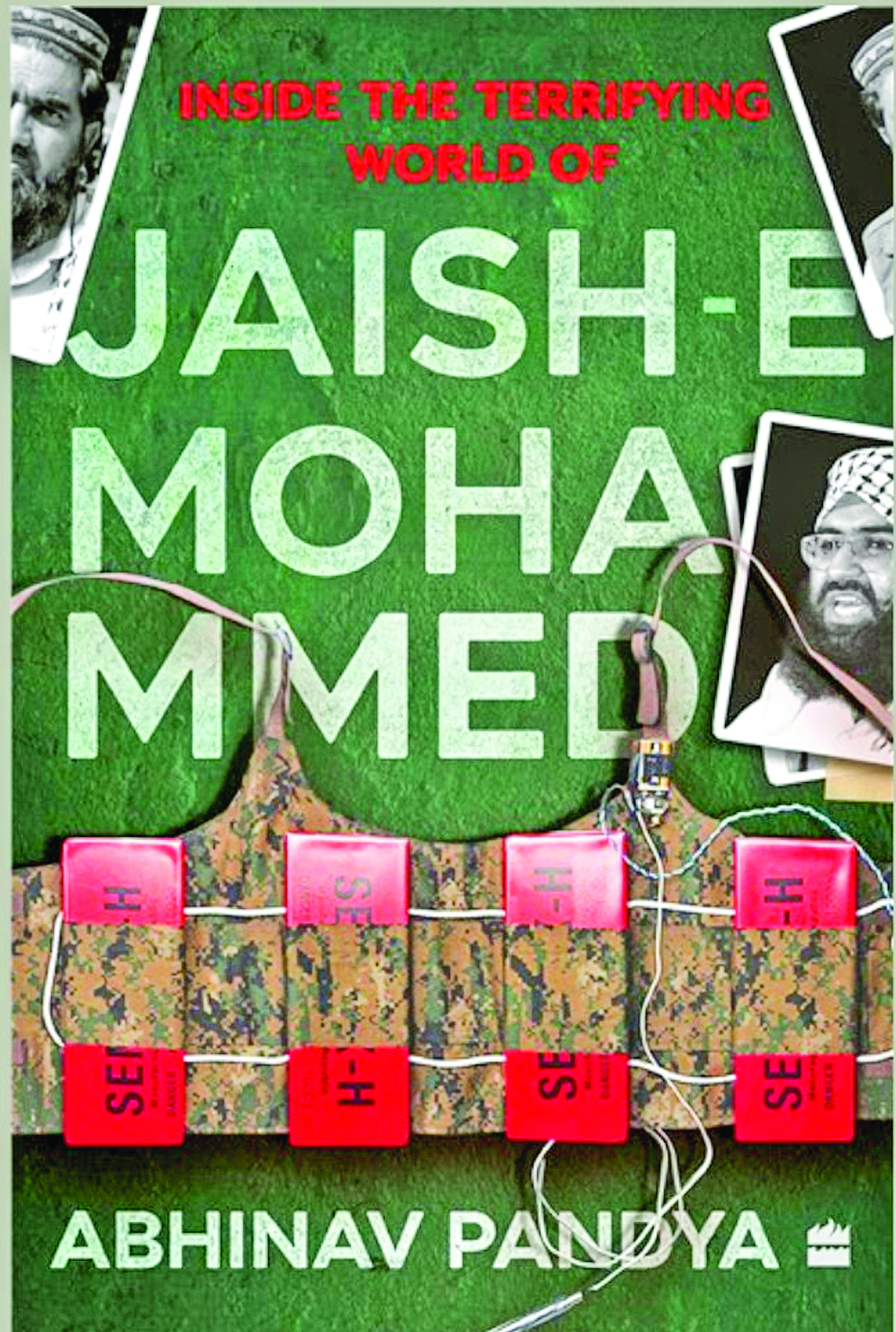New Delhi: Whenever JeM is perceived as being on the verge of extinction, it makes a comeback with its signature—a spectacular suicide bombing—attack claiming several lives.
In any random conversation with a terrorism and counterterrorism enthusiast in Jammu and Kashmir—be it security personnel, an OGW, a teenage stone-pelter, an aspiring militant, or an active or surrendered militant—LeT figures as the most attractive, robust and ‘cool’ organization. For radicalized youngsters, its militants, with their high-tech gadgets, weaponry and Islamic beards and appearances, are inspirational role models with an appeal comparable to film stars. Its Saudi connections and Ahl-i-Hadith affiliations make it look even more trendy and Al-Qaeda–like, a sought-after launching platform for an ideal jihadist career. On the other hand, JeM carries an image of a low-profile, poor, dull, vague and fluid terror group, with fledgling cadre strength and it looks like it’s always on the verge of extinction. There is no shortage of experts writing obituaries of JeM. It is perceived as estranged from ISI, with feeble support from them, often a headache for Pakistan and highly penetrated by Indian spies. Its militants, with their ordinary and un-Islamic looks and appearances, hardly carry any glamour quotient. However, whenever JeM is perceived as being on the verge of extinction, it makes a comeback with its signature—a spectacular suicide bombing—attack claiming several lives, creating a war-like crisis between India and Pakistan, disturbing Western capitals, and leaving a lasting impact on the geopolitics of South Asia.
A senior intelligence officer from R&AW told me that JeM is the single most significant security challenge after LeT; however, the world has its eyes trained on LeT, whereas JeM remains undetected and unwatched. After every major attack, it manages to inject collective amnesia into the minds of intelligence agencies and security watchers after a series of editorials. This lethality, its ability to keep a low profile, and excellence in the art of deception and secrecy raises questions about JeM’s ‘mind’, which I will attempt to understand and uncover in this chapter.
ORGANIZATIONAL STRUCTURE, NETWORKS, LEADERSHIP AND CULTURE
The central office of JeM is in Haripur in KPK, with regional offices at Daska, Bahawalpur (both in Punjab, Pakistan) Karachi and Quetta, in Sindh and Balochistan, respectively. Its cadre strength as of 2019 is estimated to be several hundred, reaching up to 1,000 at times, in addition to the thousands of students and recruits in madrasas. Reportedly, JeM maintains a cadre strength of 200 in Afghanistan at any point in time. Its structure is divided into various departments. Each department is responsible for specific areas and duties. Some of these are:
1) Department of Dawat and Irshad: Responsible for publicity and religious preaching
2) Military Department: Responsible for the recruitment and training of mujahideen in Pakistan and Afghanistan, launching them in Kashmir, and conducting terrorist operations
3) Martyrs’ Department: Maintains records of fighters killed in the group’s operations
4) Matrimonial Department: Arranges marriages for cadres
5) Broadcasting and Publication Department
6) Grievance Redressal System
EARLY DAYS (2000–04)
In the early days, Maulana Asmatullah Muawiya, a former militant of Sipah-e-Sahaba, was the emir of JeM’s Kashmir wing. Maulana Sajid Usman was the chief of the finance branch and used to be the deputy chief of HuJI. Maulana Qari Mansoor Ahmed headed JeM’s propaganda wing, while Maulana Abdul Jabbar was the nazim (head) of military affairs. Before that, he led military affairs in HuM. Mufti Rauf Azgar was the launching commander. In Kashmir, Sajjad Afghani was the first commander of HuM. He established a strong base for the organization. JeM emerged as its successor after its formation in 2000, with 75 per cent of HuM cadres shifting to JeM. Sajjad Afghani was killed by the jail guards during a jailbreak in 1999 in Kot Bhalwal Jail in Jammu. Ghazi Baba was the first commander of JeM in the Kashmir Valley, who masterminded and executed its major attacks, such as the J&K assembly fidayeen attack and the Parliament attack. Masood Azhar’s leadership is nominal, mainly limited to more significant strategic matters. From 2008 onwards, Masood’s brother, Mufti Rauf Azgar, emerged as the de facto chief of the organization, who manages most of the operational, tactical and organizational matters. Soft-spoken Mufti Rauf, known in the JeM rank and file by his code name, MARA, is a typical maulvi and has strong bonds with Masood. He plans the suicide missions, selects the fidayeen and manages their infiltration.MARA does not believe in ostentatious living. It is said he uses a simple Nokia 1100 mobile and moves in non-AC cars.
JEM: A ‘FAMILY ENTERPRISE’
During the early days of JeM, Masood had mighty influence on the organization; however, its deputy commanders too were strongmen, and it was not a typical family enterprise (as mentioned in the earlier chapters). However, by 2008, when Mufti Rauf had become a de facto operational chief, JeM became a ‘family enterprise’. The Pakistani intelligence agencies likely devised the strategy of keeping Masood and his family in power as he was loyal to them. His loyalty had to be ensured because of the history of JeM leaders partaking in anti-state revolts and their involvement in terrorist violence against the state. After the Lal Masjid siege of 2007 and the formation of TTP, the Pakistani Army and intelligence apparatus understood the perils of uncontrolled Deobandi terrorist groups. They faced twin challenges—using them as geopolitical assets and, at the same time, ensuring that they did not slip out of their control as they had in 2001 after Pakistan joined the US-led GWoT. Besides, by 2008, political talks with India had more or less reached a point of disutility. Hence, the new chief, Ashfaq Parvez Kayani, started reviving the terror infrastructure, including Pakistan’s tried-and-tested assets like JeM. However, given its rebellious past, confining the power to the loyal Masood family and sustaining it as a single point of contact might have seemed prudent.
* This has been extracted with permission from the book, “Inside the Terrifying World of Jaish-e-Mohammed” by Abhinav Pandya.

